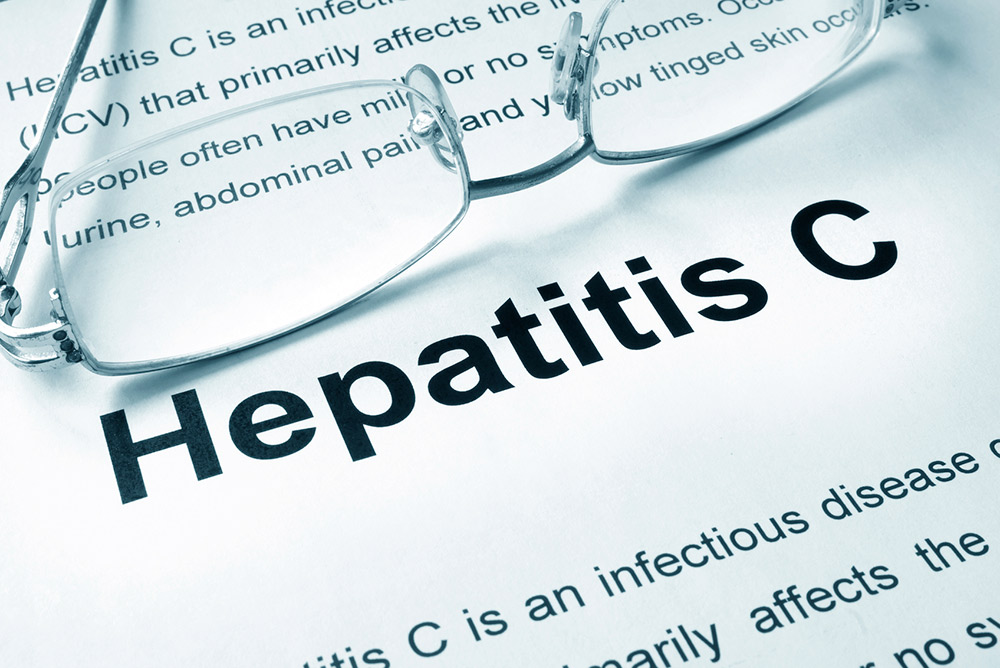
iStock
FOR BASKING in the love — but mostly in the drugs — of the late 1960s and early 1970s, baby boomers are paying the price with hepatitis C — what some are calling an epidemic-in-the-making. Infection rates for white Americans in the boomer age group with the often symptomless hepatitis C virus (HCV) might be as high as 3%, double the national rate.
NIH hepatitis C researcher Leonard Seeff calls it “an iceberg problem.” Compared to those patients currently experiencing symptoms of HCV, probably ten times that number are walking around with no idea they’re infected. In his St. Louis practice, hepatologist Bruce Bacon sees 8 to 10 new HCV patients a week, among whom up to 30% claim to have never experienced any of the risk factors.
In 2012 the CDC began “recommending” that everyone born between 1945 and 1965 be tested. Since then, states including New York, Massachusetts, Connecticut, Colorado, and most recently Pennsylvania have passed laws requiring that boomers be offered hep C testing when receiving healthcare services. Since the CDC’s recommendations were issued, DC region private medical practices — which added hepatitis C testing as part of the annual physical exam — have uncovered handfuls of unsuspected cases.
While HCV can cause an acute infection, the chronic disease that occurs in 75 to 80% of cases can last decades before symptoms occur and liver damage begins. As many as 20% of those infected develop cirrhosis, and 1 to 5% will die of liver disease or liver cancer — making HCV a leading cause of liver cancer and the leading cause of liver transplants. Once diagnosed, in hindsight some people remember unusual episodes of fever, fatigue, loss of appetite, nausea, dark urine and joint pain, which can range from mild to severe.
The most common route of hep C transmission is shared needles for IV drugs like heroine — which has caused an infection rate among African American baby boomers as high as 6%. But because testing for the virus in the nation’s blood supply didn’t begin until 1992— the disease itself wasn’t identified until 1989 — routes of transmission have included everything from contaminated blood transfusions, medical equipment and procedures to unsterilized tools for tattoos and acupuncture and even sharing a cocaine straw, toothbrush or razor blade.
According to the CDC, however, the reason that people born from 1945 to 1965 have high rates of hepatitis C is not completely understood. Also not well understood is how approximately 15% to 25% of people who get the virus are able to clear it from their bodies without treatment and never develop chronic infection. As yet, no HCV vaccine exists.
Each year, more than 10,000 Americans die of hep C, a figure that is predicted to triple over the next two decades. About four million Americans are currently infected with the disease, compared to around one million with HIV. Because HCV can take several decades to cause liver disease, the CDC anticipates a spike in people with hep C needing medical care over the next 20 years.
The timing of the CDC’s recommendations coincided with the first drugs coming down the pipeline that can definitively “clear” the virus from the blood. In 2016, a new drug called Epclusa has shown success with the rarest and most difficult to treat hep C strain — or genotype — while new combination drugs target all six genotypes.
High price tags on these drugs, more than $70,000 for a 12-week treatment to completely clear the virus, suggest that the drug companies may have spurred the CDC to issue its recommendations. On the other hand, most people pay a reduced price because of private deals between drug companies and insurers.
More importantly, eliminating this virus could reduce the enormous financial burden of HCV on the U.S. health care system, especially as numbers soar of hepatitis C sufferers whose livers have been destroyed by cirrhosis and who find donors for transplants.
The eradication of smallpox is estimated to save 5 million lives annually; and vaccinating 80% of the world’s children against polio has reduced annual numbers of cases by almost 80%. The savings to the U.S. from identifying and treating those with HCV — especially considering the numbers of sufferers with livers destroyed by cirrhosis who require transplants — can only be imagined.
— Mary Carpenter
Mary is the well-being editor of MyLittleBird. She most recently wrote about how D.C. suffers from seasonal allergies.

Whoa. Something else to worry about as my chronological age creeps up. Just got my flu shot, and the shingles vaccine. Next is the pneumonia vaccine. Now I have to get tested for another disease. What comes next?
Yep, I was shocked when my dr. said I had to be tested for hep c. Whaaa?